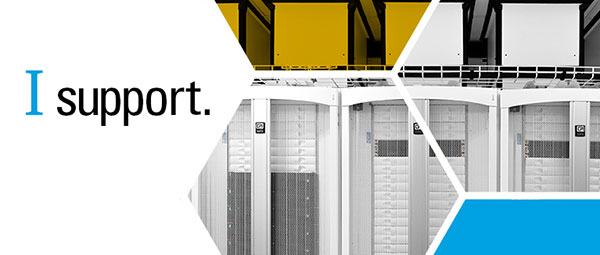
The process of managing white space begins with a focus on the data center cabinet. Primarily because a cabinet’s purpose is to hold and stack equipment vertically. When selecting cabinet size, a specific amount of floor space is designated for storing a specific amount of equipment. There are two main considerations: cabinet footprint and cabinet load bearing capacity.
To optimize structure in the cabinet ecosystem and improve white space management, Chatsworth Products (CPI) suggests considering the following when selecting a cabinet:
- Deeper cabinets support proper power, cable and airflow management: The cabinet footprint is the amount of floor space the cabinet will use. The cabinet needs to be deeper than equipment, and include additional space for airflow management, cable management and power distributions accessories. Cabinets that are 600 mm W x 1200 mm D for servers and 800 mm W x 1200 mm D for networking/ switches are recommended. The deeper footprint accommodates deeper equipment and leaves space at the front of the cabinet for airflow management and along the side and rear of the cabinet for power distribution and cable management.
- Robust design with high static load rating: Ideally, your cabinet should be able to hold at least 3000 lb (1360 kg) of equipment when attached to building structure. Reputable vendors will load-test their cabinets with a third-party laboratory using a common industry standard such as UL® 2416, the UL Standard for Safety Audio/Video, ICT Equipment Cabinet, Enclosure and Rack Systems, which includes a test recommendation of up to four times their weight capacity.
- For sites that practice cabinet-level deployment: If you use a systems integrator to load equipment into your cabinet and then deploy the integrated cabinet onto your site, the cabinet needs a stated rolling load and shipping load, and the casters need to be rated to support those loads. These values may be different from the typical static load, which is the load when the cabinet attaches to building structure.
Cabinets are a key element of CPI's total Data Center Cabinet Ecosystem Solution. To learn more about how you can optimize structure and improve white space management, download the white paper now.
Brittany Mangan, Digital Content Specialist